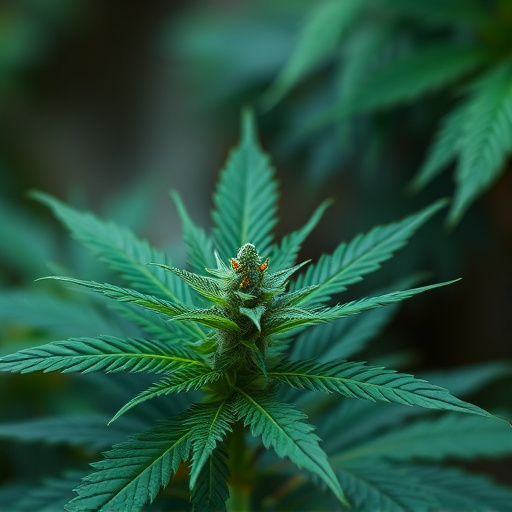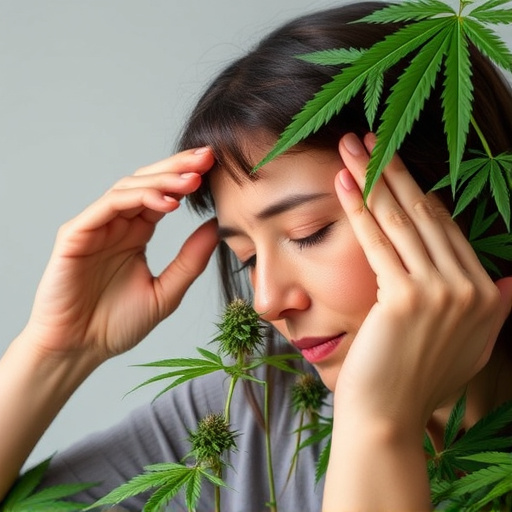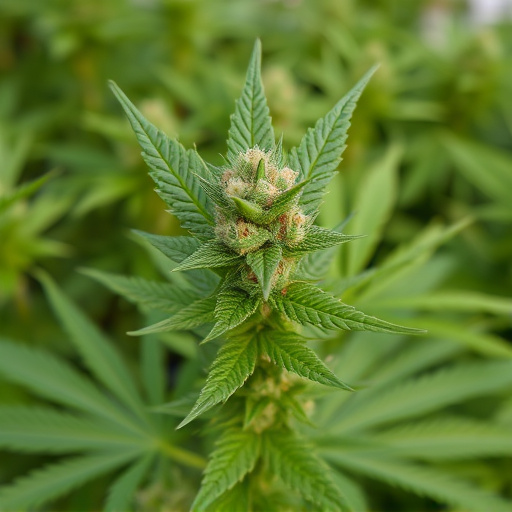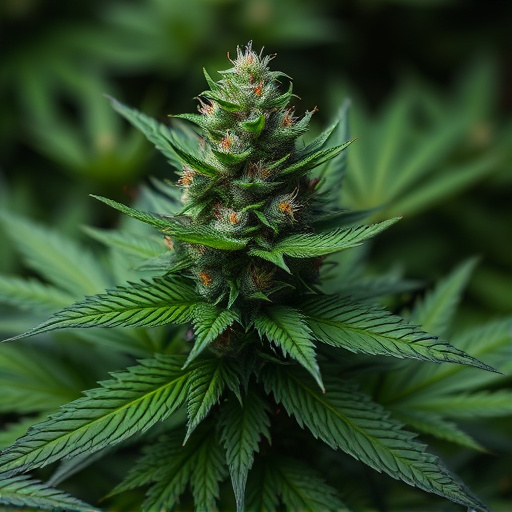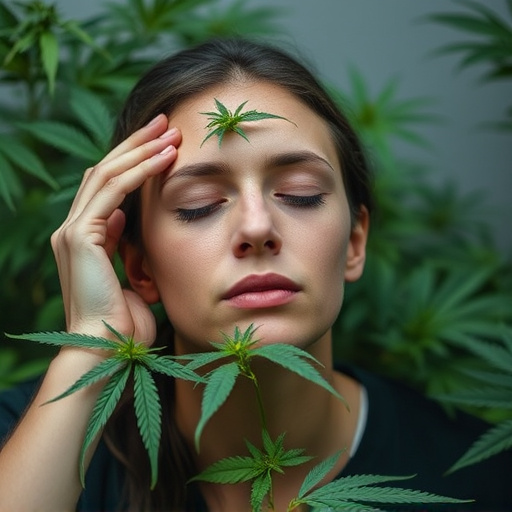Cannabis offers potential migraine relief through its interaction with the endocannabinoid system. Effective grinding techniques are key to unlocking these benefits, as they increase surface area and enhance absorption. The right cannabis strains, like Lavender, Cherry Pie, and Blue Dream, contain balanced THC and CBD profiles for anti-inflammatory and nausea relief without unwanted side effects. Grinding should be precise: too coarse leads to uneven burning, while too fine causes harsh inhalations. A medium grind offers the best balance for smooth smoking and maximizing therapeutic effects of cannabis strains specifically targeted at migraines. Always start with low doses and consult a healthcare provider or knowledgeable budtender for personalized guidance.
Looking for relief from migraines? Cannabis has emerged as a potential treatment option, with specific strains and grinding techniques offering optimal benefits. This article delves into the art of grinding cannabis for smooth smoke, exploring how different methods enhance the experience while providing effective migraine management. We guide you through choosing the right strains and mastering grinding techniques to unlock cannabis’s soothing properties.
- Understanding Cannabis and Migraine Relief: The Role of Grinding Techniques
- Choosing the Right Cannabis Strains for Migraines: A Guide
- Mastering Grinding Methods for Optimal Smoke Experience and Pain Management
Understanding Cannabis and Migraine Relief: The Role of Grinding Techniques

Cannabis has long been recognized for its potential in providing migraine relief, making it an attractive option for many suffering from this debilitating condition. The effectiveness of cannabis lies not only in its active compounds but also in how these compounds interact with our bodies when consumed. Herein lies the significance of grinding techniques in maximizing the benefits of cannabis strains for migraines.
Grinding breaks down the plant matter, allowing for better absorption and interaction with the body’s endocannabinoid system. Different grinding methods produce varying levels of efficacy. For instance, fine grinding enhances surface area exposure, potentially intensifying the therapeutic effects, especially when combined with specific consumption methods like vaporization or tincture preparation. Understanding these techniques is key to unlocking cannabis’ full potential in alleviating migraine symptoms and improving overall well-being.
Choosing the Right Cannabis Strains for Migraines: A Guide

When it comes to using cannabis to alleviate migraines, choosing the right strains is paramount. Different cannabis varieties contain varying levels of cannabinoids like THC and CBD, which can affect how effectively they mitigate migraine pain. For instance, high CBD strains have gained popularity for their potential to reduce inflammation and nausea without inducing paranoia or drowsiness often associated with higher THC content.
Specific cannabis strains known for their migraine-relieving properties include Lavender, Cherry Pie, and Blue Dream. These strains are celebrated for their balanced profiles, offering both therapeutic benefits of CBD and the soothing effects of THC. It’s important to note that individual responses can vary greatly due to factors like tolerance, metabolism, and personal preference. Therefore, it’s advisable to start with lower doses and consult with a healthcare provider or knowledgeable budtender for guidance tailored to your specific needs.
Mastering Grinding Methods for Optimal Smoke Experience and Pain Management
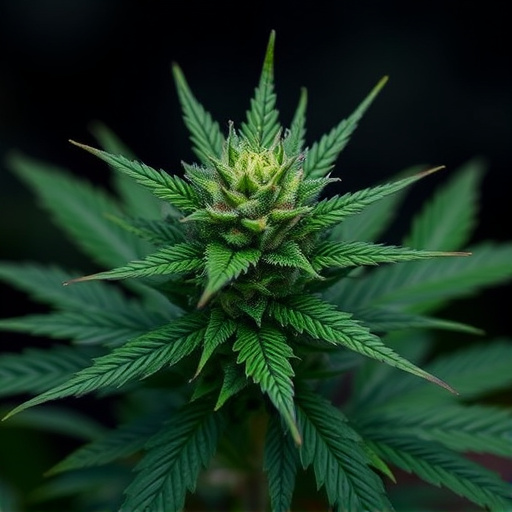
Mastering grinding techniques is a key aspect in optimizing your smoke experience, particularly when aiming to alleviate pain associated with conditions like migraines. Different cannabis strains for migraines offer unique chemical profiles that can significantly impact the overall effect, making precise grinding crucial. Coarsely ground cannabis tends to burn faster and unevenly, leading to a less enjoyable experience and potentially harsh inhalations. Conversely, finely ground herb allows for more efficient combustion, releasing a broader range of cannabinoids and terpenes responsible for the strain’s therapeutic benefits.
For migraines, many find that a medium grind provides the perfect balance. This consistency allows for optimal air flow during smoking, ensuring a smooth and controlled hit. By controlling the grind size, you can tailor the smoke to your preference, enhancing the effects of specific cannabis strains for migraines and maximizing their pain-relieving potential.
In conclusion, mastering grinding techniques is key to achieving a smooth smoke experience, especially when using cannabis for migraine relief. By understanding the role of different grinding methods and selecting the right cannabis strains, individuals can optimize their treatment and enjoy a more enjoyable smoking session. Experimenting with various grinding techniques allows one to uncover the full potential of their chosen cannabis strains for migraines, contributing to better pain management.








